Have you ever found yourself on the green, poised over your putter, only to suddenly be overcome by that dreaded feeling of panic or uncertainty — what many golfers refer to as the “yips”? For those who have experienced this nerve-wracking phenomenon, the sensation is all too familiar, and it can turn even the simplest putts into a challenging ordeal. The good news is, understanding what causes these yips and employing effective strategies can help you regain control of your short game.
Understanding the Yips
What Are the Yips?
The term “yips” describes a sudden, involuntary wrist spasm that can occur in the middle of your putting stroke. It’s a psychological barrier as much as a physical one, manifesting typically in high-pressure situations. For golfers, this can be an especially frustrating nemesis, threatening the precision and confidence cultivated over years of practice.
Origins of the Yips
Golfers aren’t alone in their struggle against the yips. This phenomenon has been documented across various sports, from baseball to darts. However, in golf, the yips have become a well-known adversary, with nearly two-thirds of professional players experiencing them at some point in their careers. Psychologists often point to a mix of performance anxiety and overthinking as being at the heart of this affliction.
Psychological vs. Physiological
While traditionally attributed to psychological factors like anxiety or cognitive overloading, the yips may also have physiological underpinnings. Some research suggests that neurological conditions, similar to focal dystonia seen in musicians and writers, could play a role. Understanding that the yips may involve a multi-faceted combination of psychological and physiological factors can be the first step toward overcoming them.
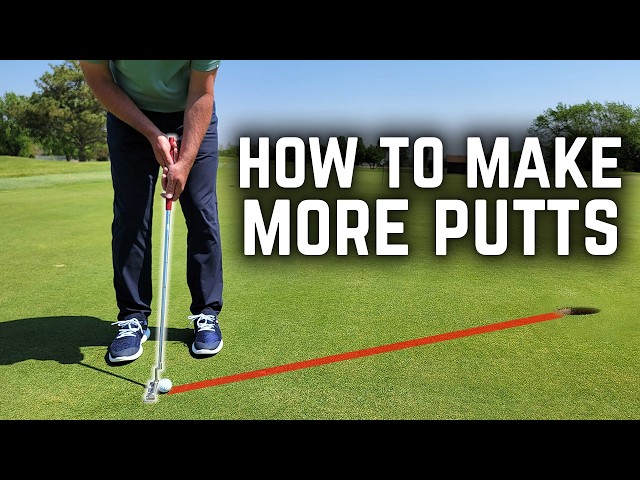
Techniques to Remedy the Yips
Psychological Strategies
- Mindfulness and VisualizationEmbracing mindfulness can alleviate the performance anxiety commonly associated with the yips. Practicing mindfulness involves staying present and focused on the current moment rather than outcomes. Visualization techniques can also help; imagine the perfect stroke and where you want the ball to go before you even take your stance.
- Pre-Shot RoutineEstablishing a consistent pre-shot routine can ground your mind and help reduce anxiety. This might involve specific actions, like taking a deep breath or clearing your mind before each putt. Over time, such a routine can become second nature and decrease the likelihood of succumbing to the yips.
- Focus on the Process Instead of the OutcomeIt’s easy to become fixated on sinking the ball, but concentrating solely on the outcome can induce pressure and anxiety. Instead, shift your focus onto the stroke itself and trust in your abilities to execute the motion you’ve practiced countless times.
Physical Adjustments
- Grip ChangesAltering your grip can disrupt the muscle habits typically associated with the yips. Many golfers find success with unconventional grips, such as the claw grip or left-hand-low technique, as these can create a new muscle memory and relieve tension.
- Shorten Your SwingMaking your swing more compact can help control involuntary movements. A shorter, more controlled backswing reduces the opportunity for any jerky movements to occur during your stroke.
- Use a Different PutterSometimes, changing your equipment is necessary. A mallet-style putter, for example, offers greater stability and may help control wrist movements. Experiment with different weights and styles until you find one that feels right.
Practicing Under Pressure
- Simulated Pressure SituationsPractice under conditions that mimic the pressure of an actual game. Set goals and consequences for missed putts—perhaps rewarding yourself for success or adding some friendly stakes. This can help desensitize you to stress-inducing situations.
- Gradual ExposureStart with simple putts and gradually increase the difficulty as your confidence builds. Facing challenging putts early on can heighten anxiety, so begin with distances and breaks you’re comfortable with before progressing.
- Regular Practice SessionsConsistency in practice is key. Allocate regular time in your schedule to work on putting. Just like building any skill, muscle memory is paramount, and repeated practice can help reinforce positive habits while diminishing the effect of the yips.
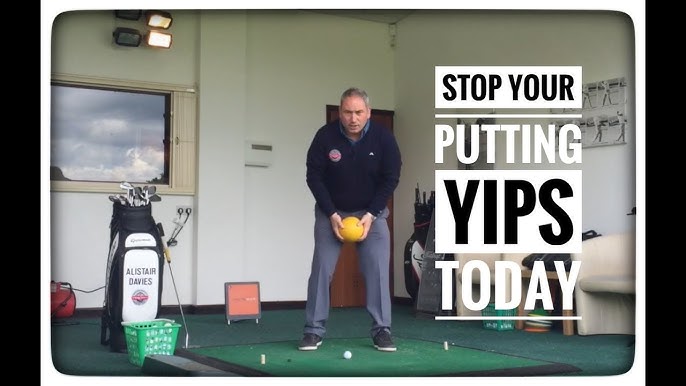
Professional and Peer Support
Working with a Coach
Professional golf coaches can offer valuable insights and tailored strategies to combat the yips. They can analyze your form, provide objective feedback, and suggest specific exercises to mitigate the problem. Don’t hesitate to seek guidance — even legendary golfers sometimes need an external perspective to refine their game.
Peer Support Groups
Sometimes, it helps to talk to others who have faced similar challenges. Joining a peer group, either locally or online, can provide emotional support and valuable tips. Understanding that others are also overcoming the yips can be reassuring and motivate you to persevere through your struggles.

Maintaining Long-term Improvements
Mindset and Lifestyle Changes
Adopting a healthier lifestyle that includes physical fitness, adequate rest, and stress management can make a significant difference. Physical exercise, especially core strengthening, can improve overall stability and coordination, impacting your golf game positively.
Stay Adaptable
A willingness to adapt and try new strategies is crucial. The methods that prove effective initially might not always work, and staying open to adjusting your approach as needed will serve you well in overcoming the yips over the long term. Remaining flexible and responsive to change is a valuable mindset in golfing and beyond.
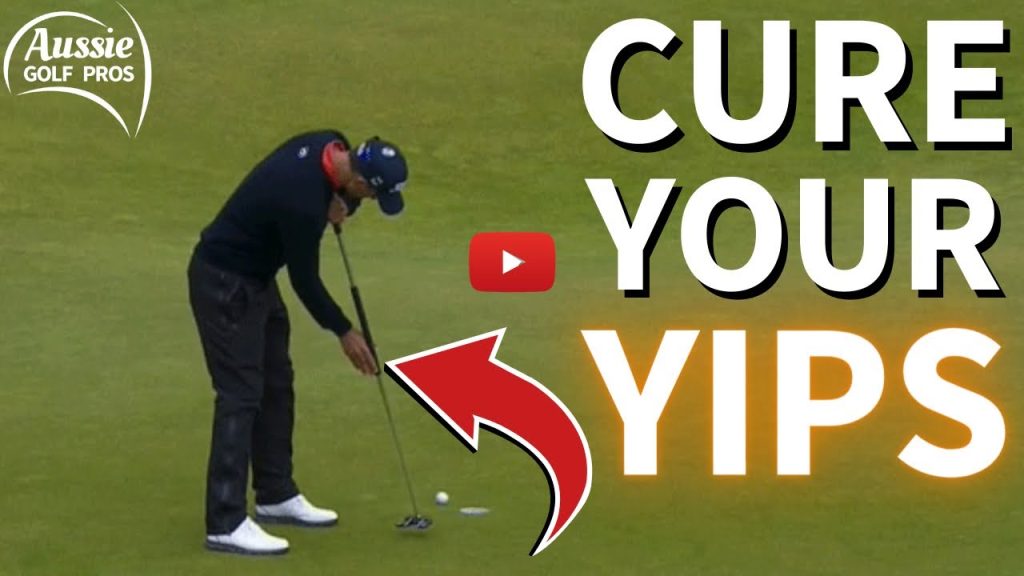
Conclusion: Embrace the Challenge
The yips can be formidable, but they are not insurmountable. Through determination, intentional practice, and perhaps a little help from a coach or peers, you can regain control of your putts. The journey to overcome the yips may be gradual and sometimes difficult, but it also presents an opportunity for growth, resilience, and more profound enjoyment of the game.
Ultimately, the challenge of overcoming the yips becomes part of your story as a golfer. It encourages introspection, fosters adaptability, and, perhaps most importantly, deepens your appreciation for the mental and physical nuances of this lovely game. The next time you find yourself standing over a putt, remember that you’re not alone in this struggle—and with persistence, the solution is well within your grasp.
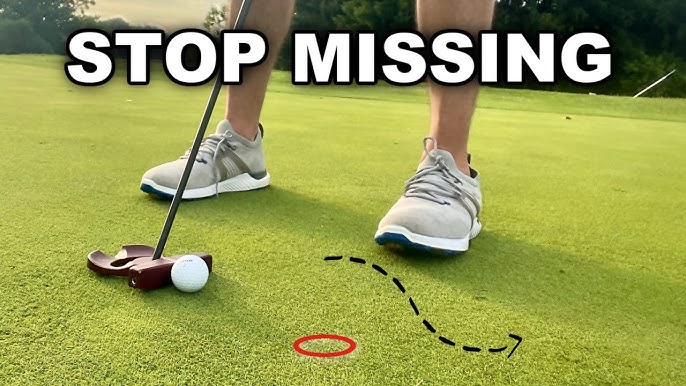

Ed Baucom is a passionate and dedicated golfer with years of experience both on and off the course. Known for his insightfulness and attention to detail, Ed brings a wealth of knowledge to the golfing community, particularly through his reviews for Golf Aid Advisor. His expertise in evaluating golfing equipment, training aids, and techniques has made him a trusted voice for golfers seeking to improve their game. Whether testing the latest clubs or offering advice on swing mechanics, Ed’s thoughtful and practical assessments help players of all skill levels enhance their performance.

